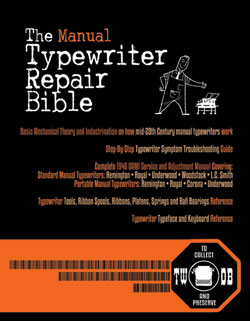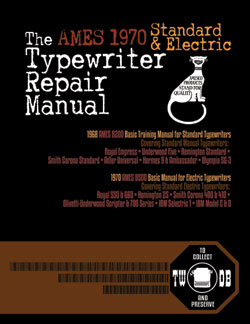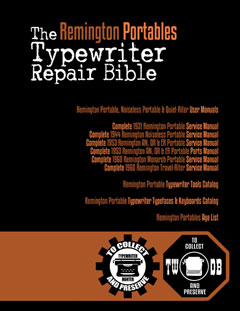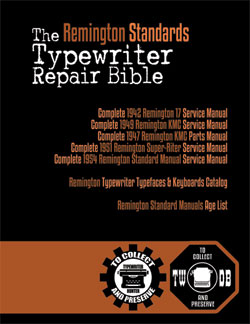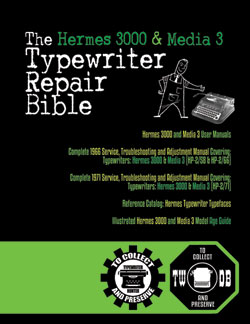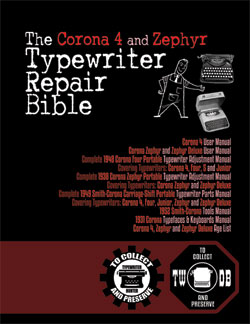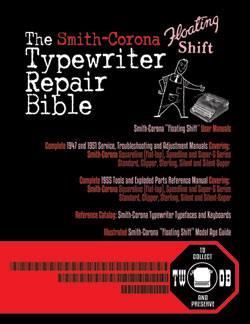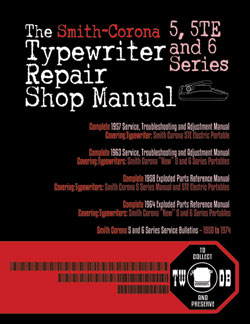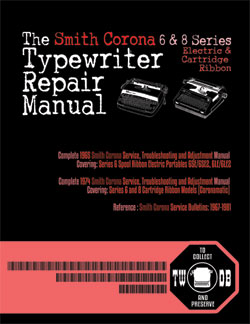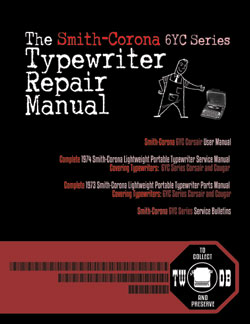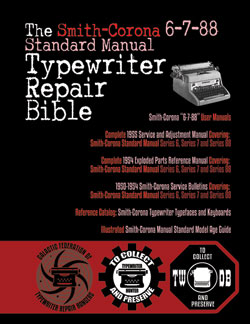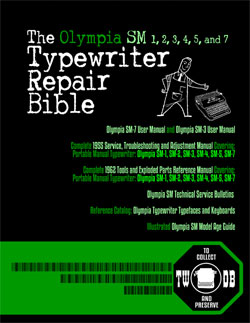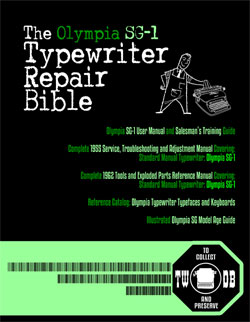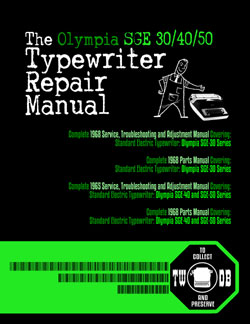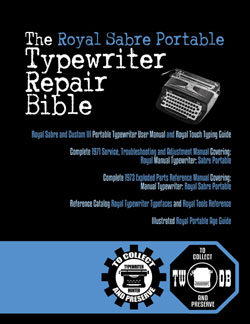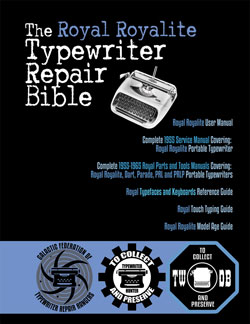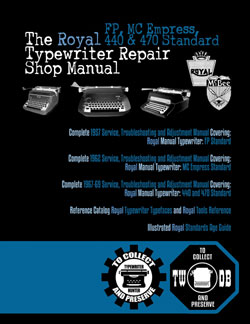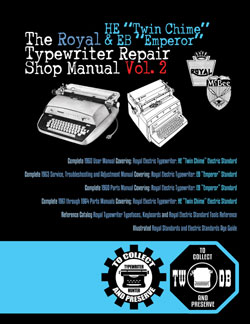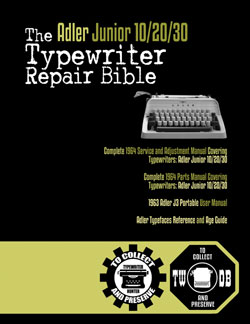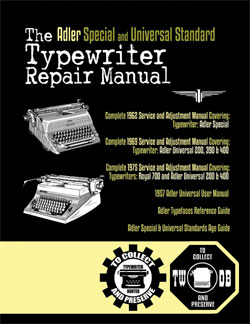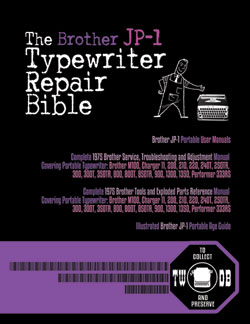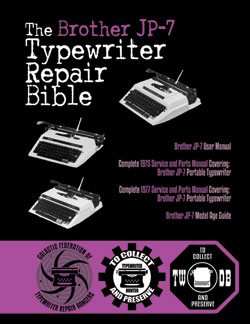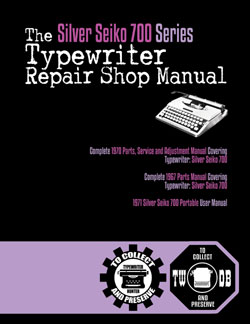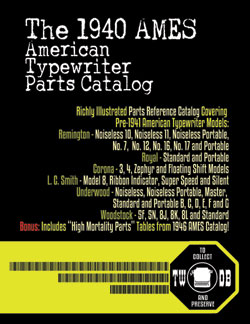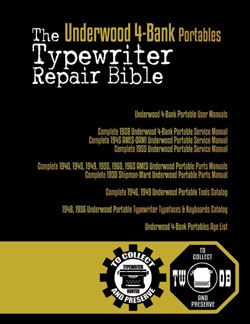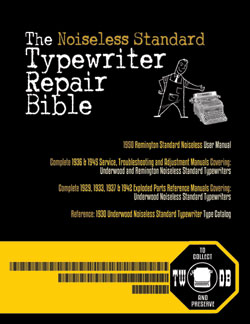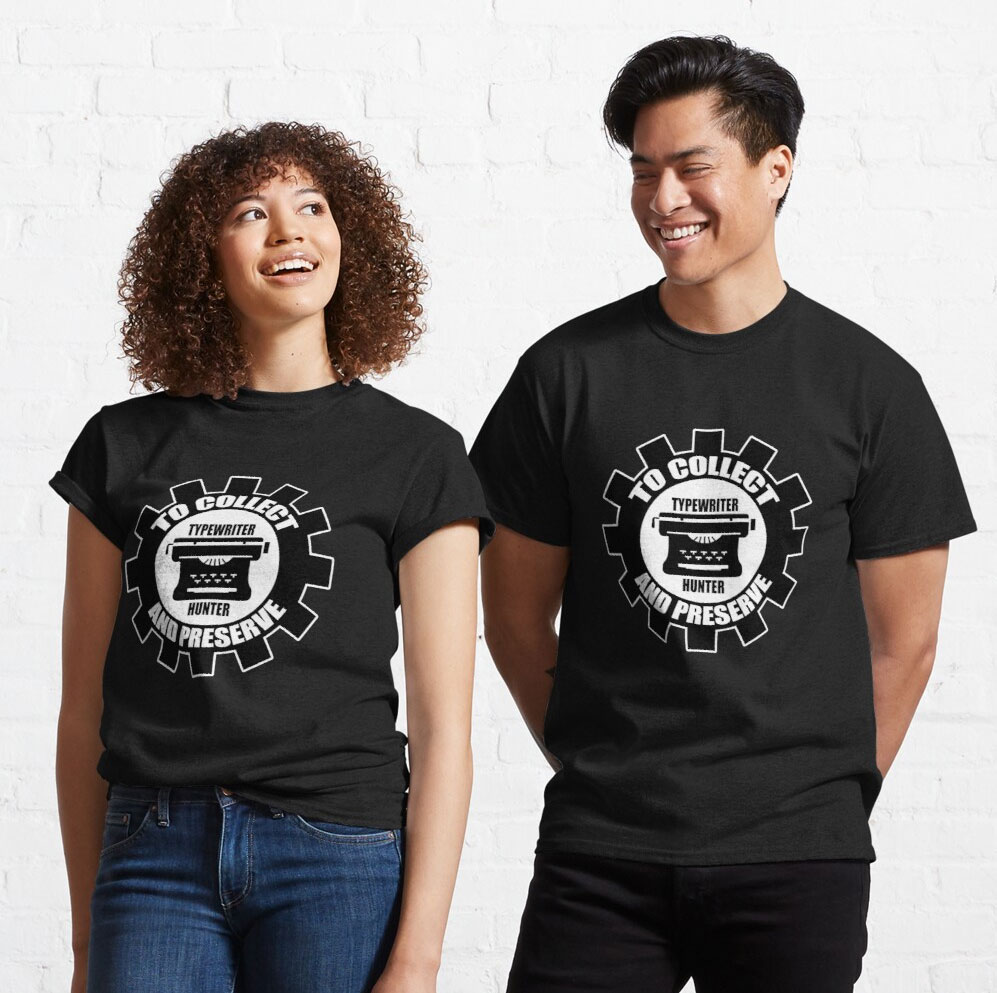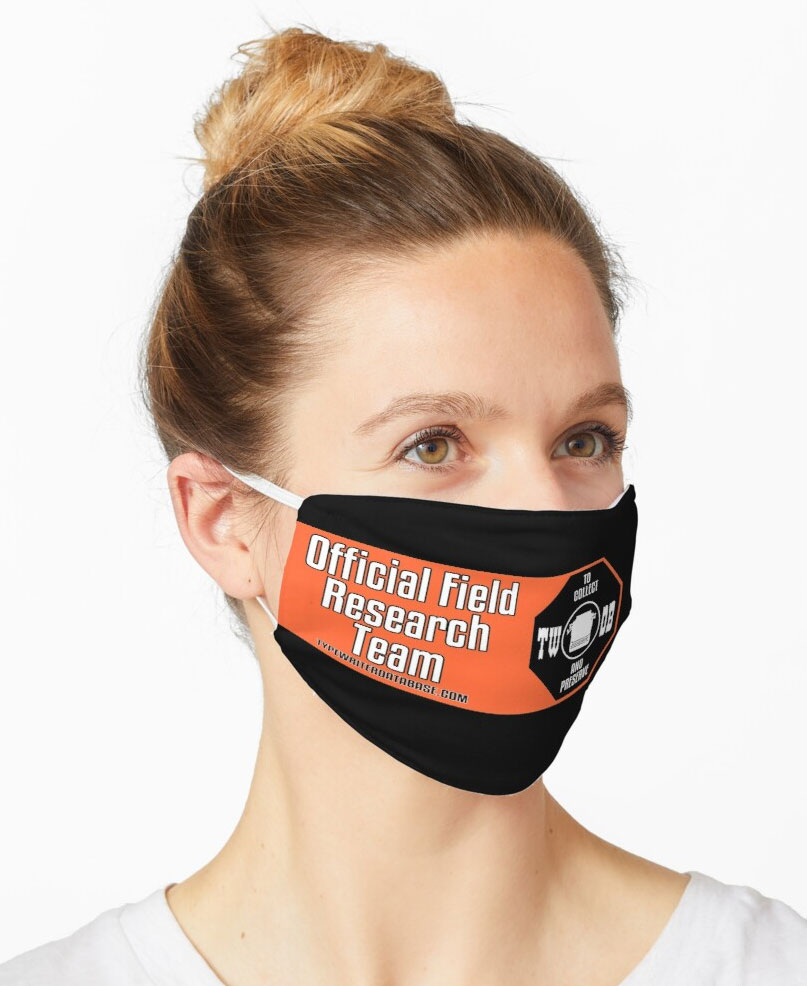1961 Brother Charger 11 #M1846143
Status: My Collection
Hunter: Andrew Hearn (stickswriter)
Created: 03-01-2023 at 05:45PM
Last Edit: 03-02-2023 at 04:11PM
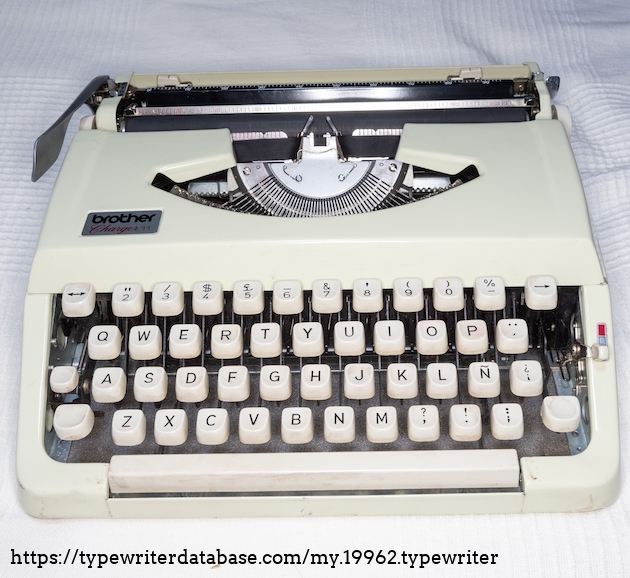
Description:
Typewriter Profiles:
Brother Charger 11 ‚ÄėPaige‚Äô s/n: M1846143
Dimensions:
12&3/4‚ÄĚ X 12&1/4‚ÄĚ X 3&1/4‚ÄĚ 10 Lbs. Features:
Right Backspace; no tabs; 9‚ÄĚ carriage; No dedicated one key; 2 ribbon settings; No paper rest; Carriage Shift; 2 clicks per line; half spacing; removable ribbon cover; 3 line spacing options; No touch control; 2 Ribbon Selections; Unique characters √Ī √Ď ¬Ņ¬°¬£¬ī¬®!
Model History:
The charger 11 is one of many models made by brother that used the JP‚ÄĒI chassis. This machine is part of the first generation, which was produced from 1961‚ÄĒ1964. The design was licensed to several other manufacturers and even department stores like K‚ÄĒmart The various machines were redesigned in 1955 and this 2nd generation was produced ti11 1975 when it was redesigned to cut down on costs by replacing metal components with plastic. This final generation was produced into the late 80s till it like many other typewriters of the time were supplanted by personal computers.
Typing Feel:
Key is light for the first 1/5th of key travel. Then there is a soft wall as the ribbon vibrator rises. The final 1/5th has another soft wall as the type bar approaches the platen. The keys require a somewhat heavy press and the lack of touch control gives no adjustment. It is not too tiring for writing a few pages, but for typing a novel, a typewriter with a lighter touch would be more user friendly. Such is a common trade off for ultra‚ÄĒportables.
Where I found it
When I first decided to get a typewriter of my own, this model was one that I was interested in. Unfortunately, I could not find any from local antique stores where I could test the typing feel before buying. Since I was more reluctant to buy online back then, I passed on one that I found oh Craigslist. A few months later, I was visiting an antiques store in Millerstown that I had wanted to visit for years, but never got the time. Located in an old garment factory, the place had 3 floors to search. After finding nothing in the basement and ground floor, I checked the second floor and at first found nothing. As I was leaving, I noticed a booth that had 3 typewriters for sale. The first was a depression era Royal Junior that was decontented to the extreme, to the point that it didn't have a backspace key. While historically interesting, I had no interest in having such an old and cheaply made machine. The second was a standard machine from the 1920s that was built like a brick. Since I already had an Olympia SG‚ÄĒI, I had little interest in this as well.
Then I noticed this machine. Be sides the fact that it was a model that I was interest in it also had a Spanish keyboard, something none of the typewriters in my collection have. In addition to the √Ď key, it also has a dead key for placing accents and umlauts over letters Its integrated case and smaller size then my Lettera 32 made it a must buy for me since I could take it placed that even a typewriter as small as a Lettera 32 would find trouble fitting in. That said it's not as pleasant to type on as the Lettera.
Typeface Specimen:
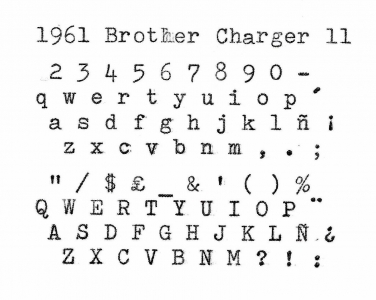
Photos:
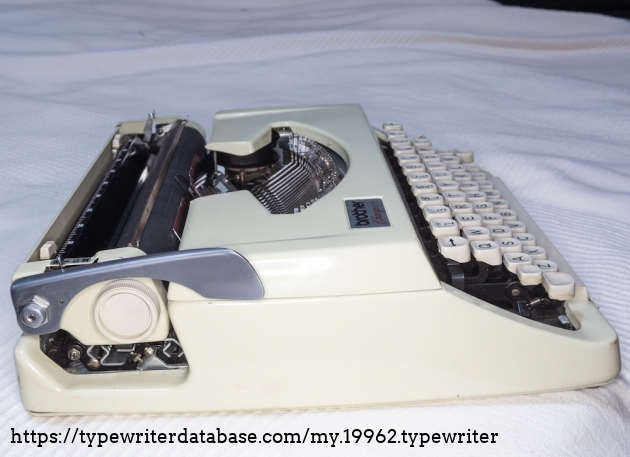
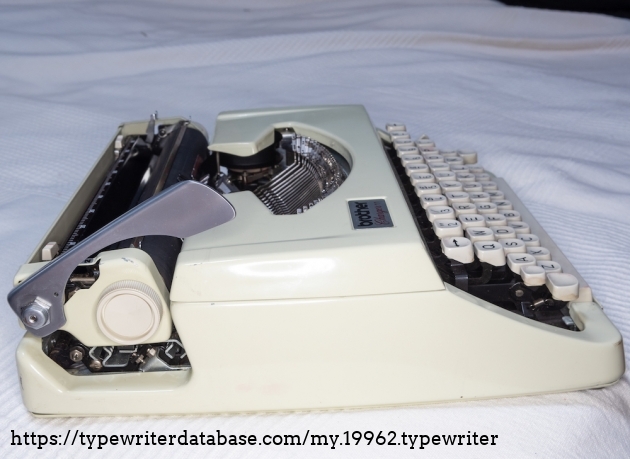
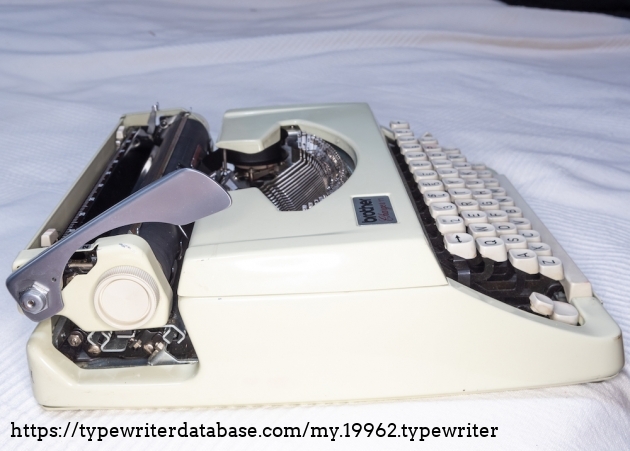
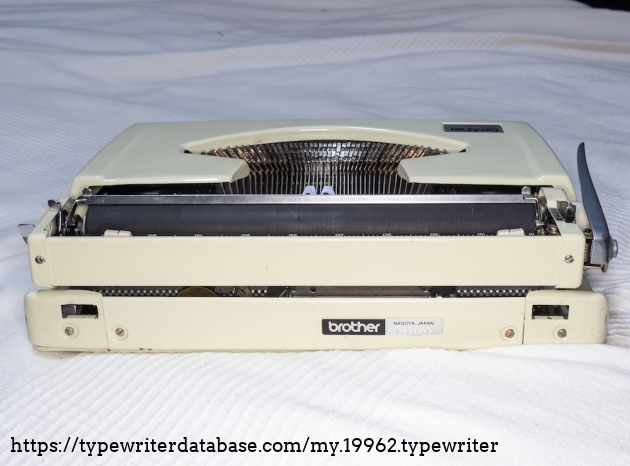
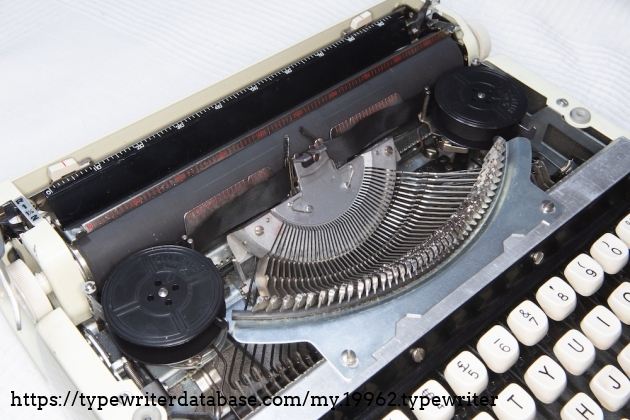
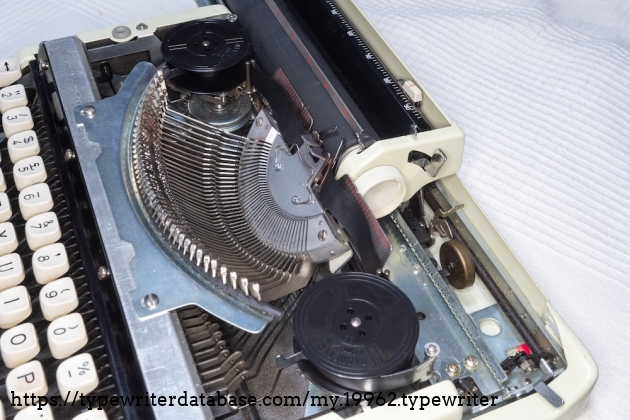
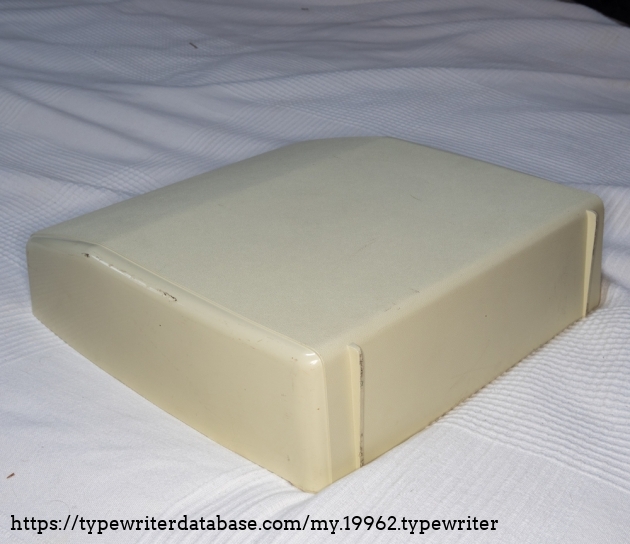
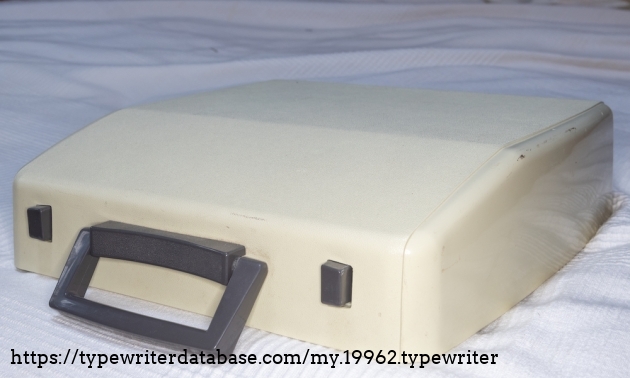
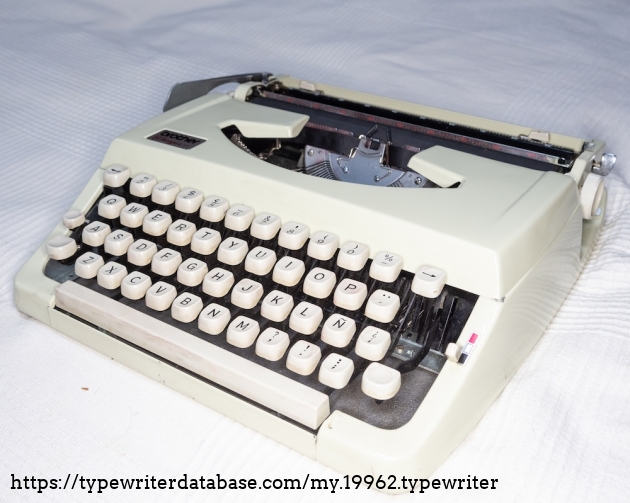
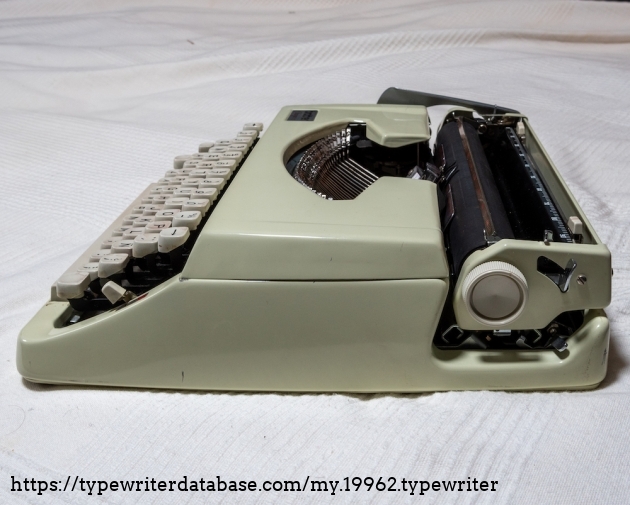
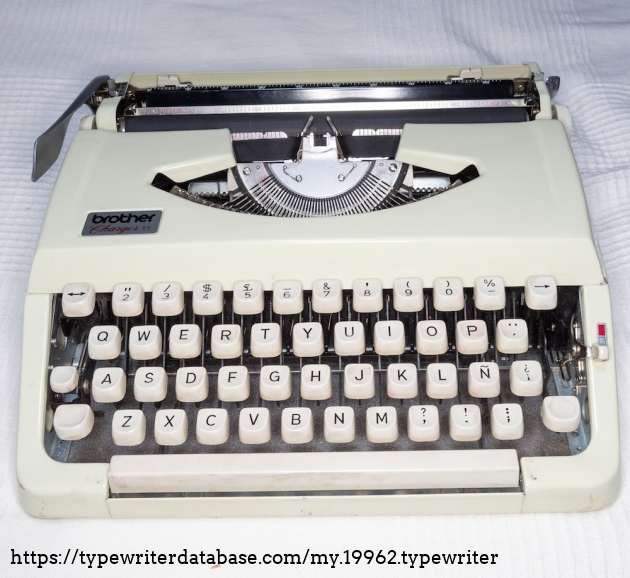
Hunter: Andrew Hearn (stickswriter)
Andrew Hearn's Typewriter Galleries [ My Collection ] [ My Sightings ]
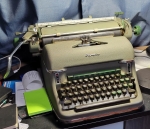
Status: Typewriter Hunter
Points: 229
I'm a writer and collector of Typewriters who lives out in the sticks.
RESEARCH NOTE: When researching the Brother Charger 11 on a computer with lots of screen real estate, you may find that launching the Brother Serial Number page and the Brother Charger 11 By Model/Year/Serial page in new browser windows can give you interesting perspectives on changes throughout the model series.
